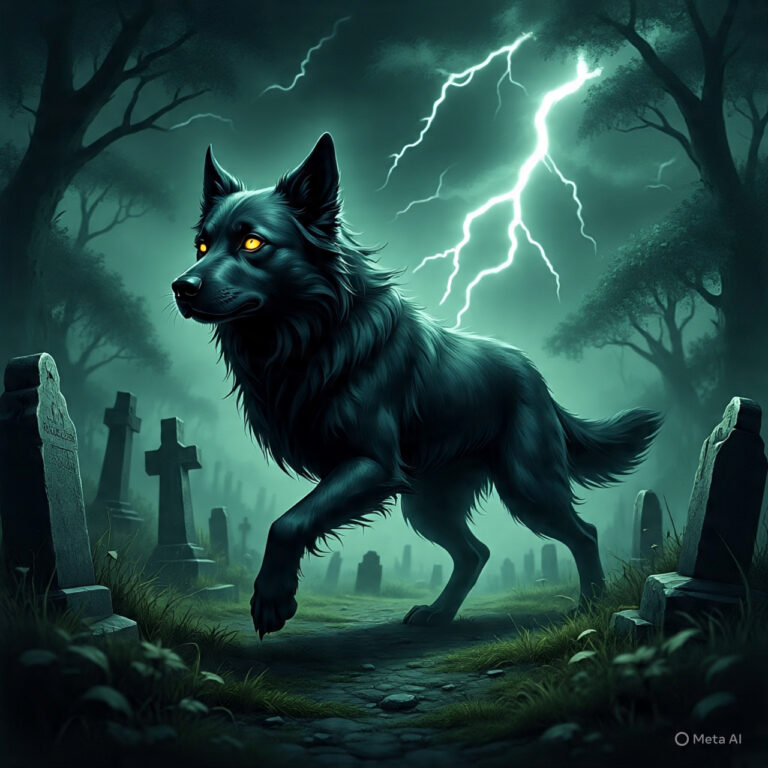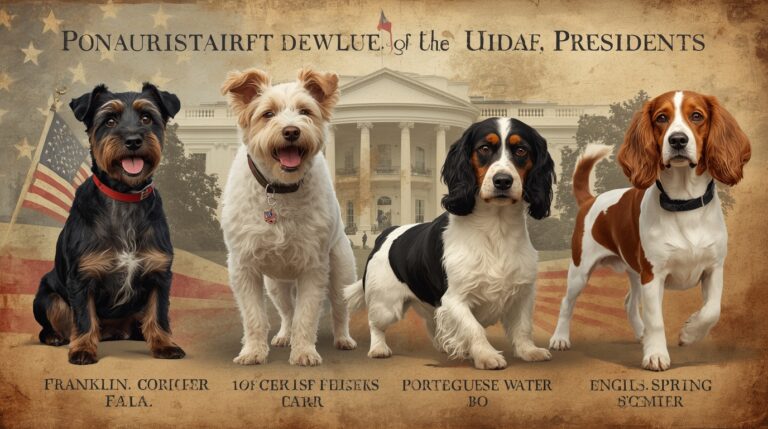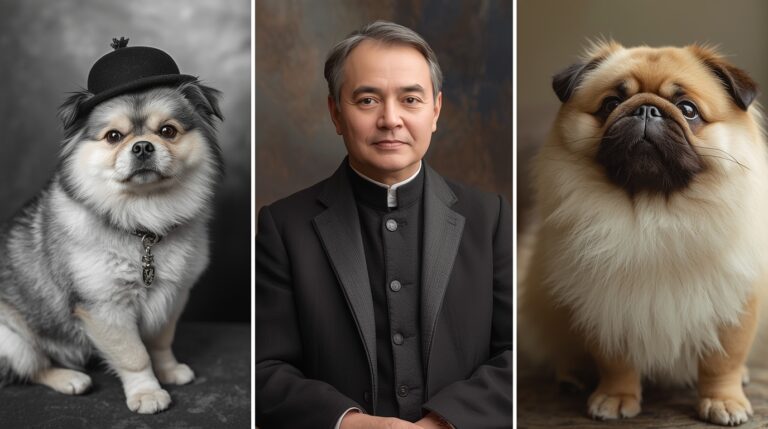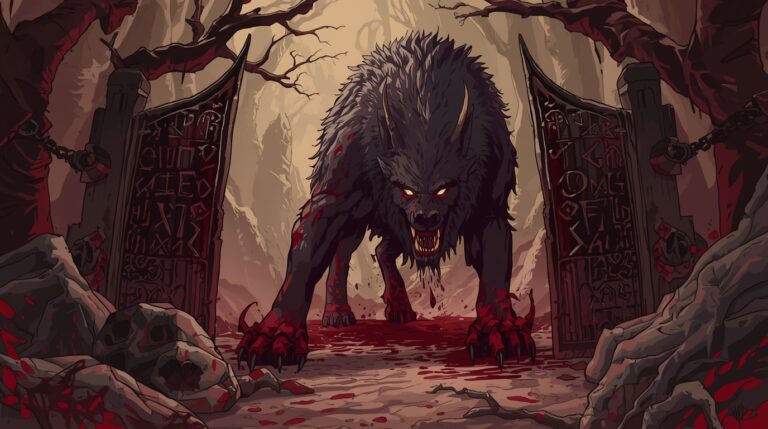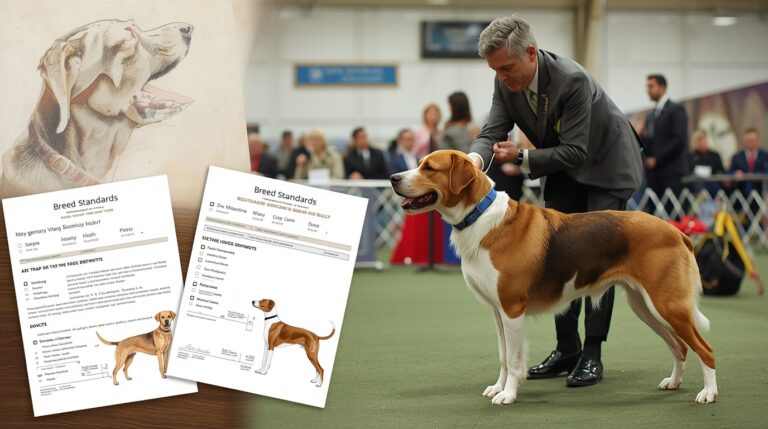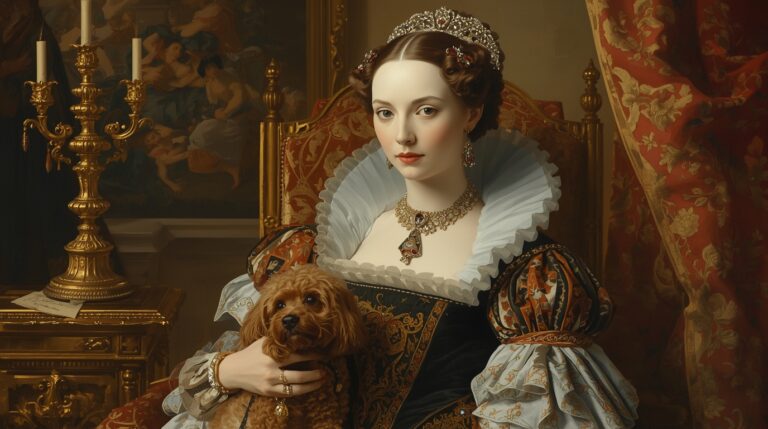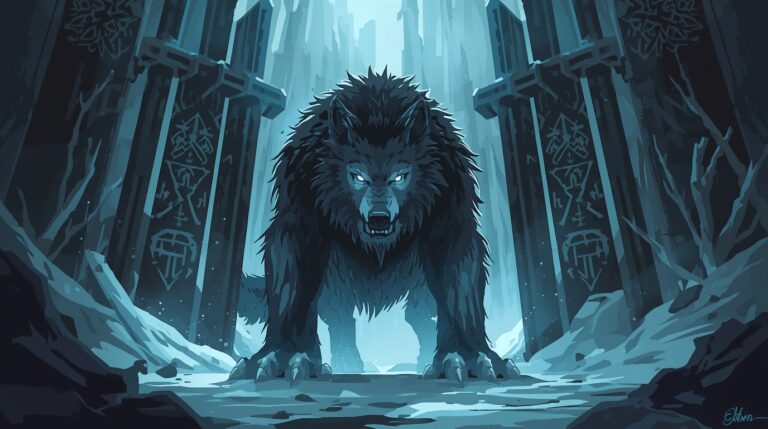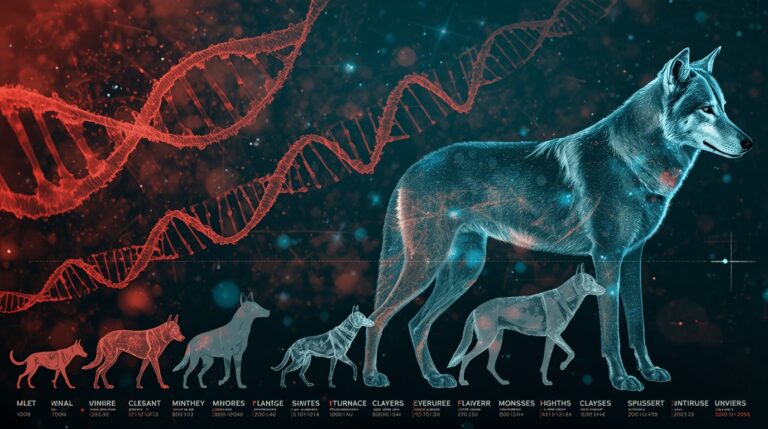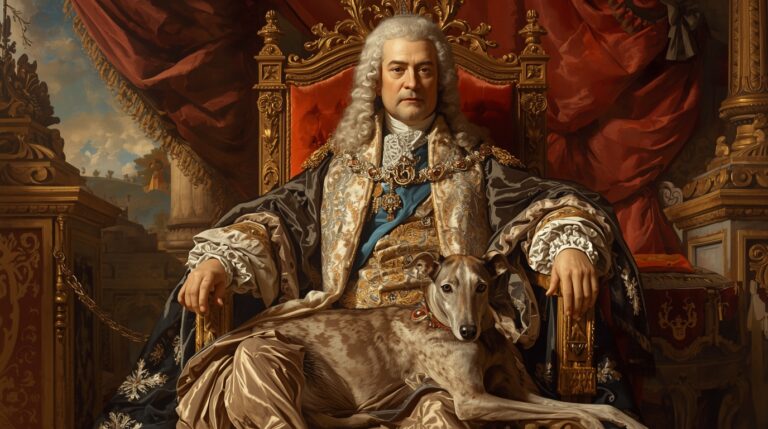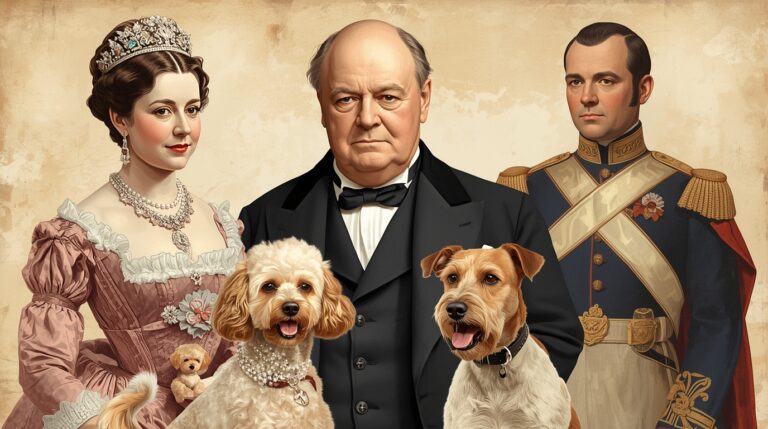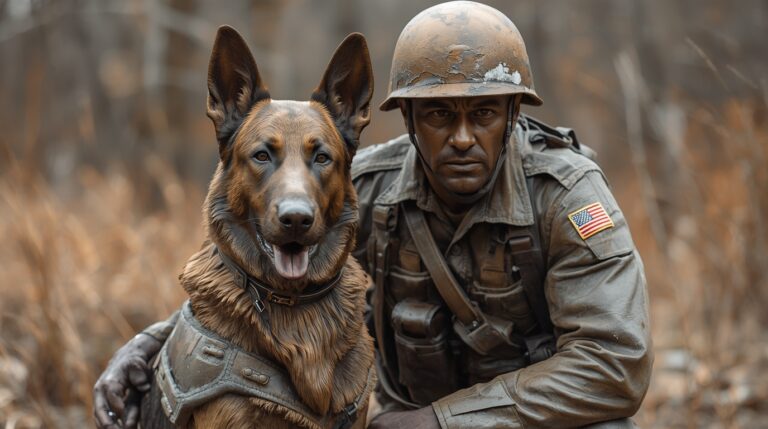Symbolism of Dogs in Ancient Cultures
Introduction: The Universal Symbolism of Dogs Across virtually all ancient civilizations, dogs held unique symbolic roles that transcended their function as companions or hunters. As one of the first domesticated animals—dating back over 15,000 years—dogs became embedded in the spiritual, ritualistic, and mythological frameworks of societies from Egypt to Mesoamerica. They were seen not just…

